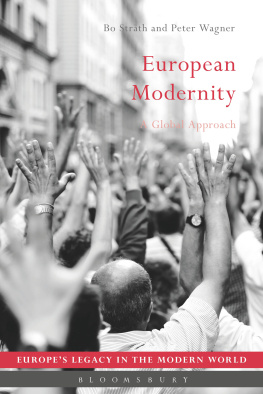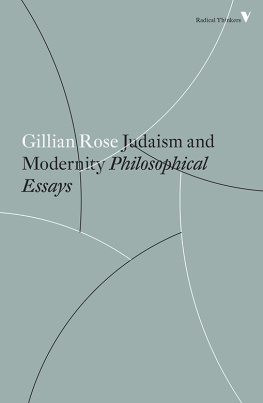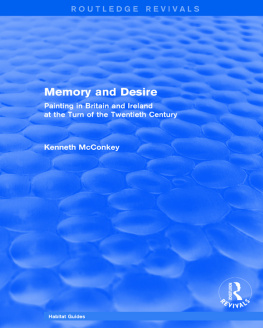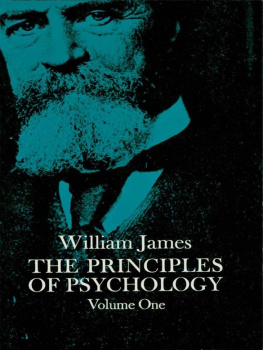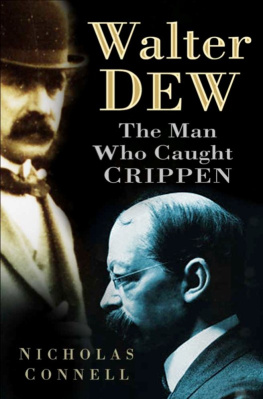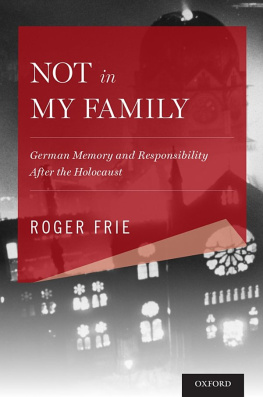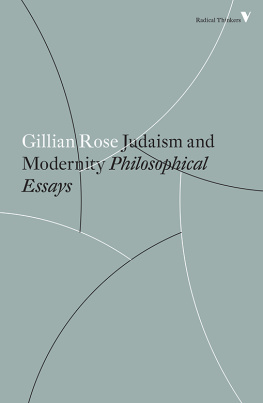CRIPPEN
Roger Dalrymple 2020
All Rights Reserved. Except as permitted under current legislation
no part of this work may be photocopied, stored in a retrieval system,
published, performed in public, adapted, broadcast,
transmitted, recorded or reproduced in any form or by any means,
without the prior permission of the copyright owner
The right of Roger Dalrymple to be identified as
the author of this work has been asserted in accordance with
sections 77 and 78 of the Copyright, Designs and Patents Act 1988
First published 2020
The Boydell Press, Woodbridge
ISBN 978-1-78327-508-3
eISBN-13: 978-1-78744-969-5 eBook
The Boydell Press is an imprint of Boydell & Brewer Ltd
PO Box 9, Woodbridge, Suffolk IP12 3DF, UK
and of Boydell & Brewer Inc.
668 Mt Hope Avenue, Rochester, NY 146202731,
USA website: www.boydellandbrewer.com
A catalogue record of this publication is available from the British Library
This edition published 2020
In memory of Martin Fido
Illustrations
Every effort has been made to trace the copyright holders of the illustrations; apologies are offered for any omission, and the author and publishers will be pleased to add any necessary acknowledgement in subsequent editions.
Acknowledgements
This book was written in Oxford in the befuddling era of Brexit, but I suspect it really started life in The Green Man, Sutton in the late 1950s. From those pub regulars who shared a post-war interest in popular criminology, their dependable landlady, my grandmother, gleaned a host of true crime anecdotes which I would encourage her to recount to me some twenty-five years later. Patrons would claim to have rubbed shoulders or exchanged innocent pleasantries with John Reginald Halliday Christie, the killer of Rillington Place; others would recall encounters with acid bath murderer John George Haigh, whose crimes had been committed in the neighbouring town to my birthplace He drank blood! had come the appalled (and misinformed) grandmaternal whisper. And some would even share reminiscences of the Crippen case of 1910, when a seemingly respectable North London doctor poisoned his wife, buried her body in the cellar, and fled overseas with his mistress disguised in drag, before his capture, trial at the Old Bailey, and hanging at Pentonville. Im sure I heard this last tale in the spring of 1980 on my first visit to the Chamber of Horrors, Crippens original wax effigy before me. So, my first thanks are due to those unknown pub patrons, and to their publican for balancing my childish fervour for mystery with reminders of the very real tragedies behind true crime stories something I have sought to keep in view in each line of this book.
My more immediate debts for the genesis of this book lie with Caroline Palmer, Michael Middeke, Megan Milan, Lizzie Howard, and the anonymous reader of Boydell & Brewer whose probing questions and insightful feedback have shaped the scope and focus of my attempt to produce a full account of the literary and cultural legacy of the Crippen case. Colleagues at Oxford Brookes have generously shared insights, contexts, and rationalisation for a writer ambivalent about discoursing on murder, particularly Patrick Alexander, Joanne Begiato, Dominic Corrywright, Jacqui Dearden, Anne-Marie Kilday, Chris Rizza, Nick Swarbrick, and Cassie Watson. Christie scholars have modelled creative approaches to inter-relating criminological text and context, especially Mark Aldridge, Jamie Bernthal-Hooker, and Rebecca Mills. Nicholas Connell, surely the foremost authority and most accessible writer on Crippen, has generously shared his expertise throughout the project, as has Martin Edwards, current President of the Detection Club, who signposted much of the terrain of literary Crippen. I am also indebted to Sgt Paul Gathercole, expert guide and finest of companions to the Museum of Londons Crime Museum Uncovered exhibition of 2016, where we inspected Crippens shovel and Belles hair curlers; Tony Grand, who, Poirot-like, identified many a bibliographical avenue from his armchair; James Helling who compiled the index; Russell Inglis and Pakeeza Rahman, who kindly advised on Edwardian legal process; Bonnie McGill at Boydell Press; Andrew Millichip, who has suffered lengthy updates on the books progress through many a conference; Martin Nichols, who signalled many an Edwardian intertext; Carrie Parris, who very kindly shared her excellent unpublished work on the Crimes Clubs enthusiasm for discussing Crippeniana; Michael Plater, who was completing his Ripper-themed Ph.D. thesis in parallel (and who crossed the line first!); Zoe Richards of the Madame Tussauds archive; David James Smith; Susannah Stapleton; the respective staffs of the Museum of the Mind Archive in Beckenham; the Museum of London; the National Archives in Kew; and the Wellcome Library.
Dr Matthew Pearson has generously offered insights and encouragement through all stages of the project.
Above all, Sean, Freya, and my wider family have patiently tolerated the doctor as a houseguest for more years than can have been healthy for any of us.
Finally, this project was immeasurably enriched by discussion and correspondence with the late Martin Fido, contributor of the Dictionary of National Biography entry on Crippen. Martins ranging between literary and criminological subjects over the course of his prolific career offered precedent and inspiration for others tempted to venture out of their disciplinary homes and to write at the intersection of literary and criminological history. He also held a rare talent for writing about true crime without ever losing sight of its human cost. This book is dedicated to his memory.
P ART O NE
THE CASE
AND ITS CONTEXT
C HAPTER O NE
ACCOUNTING FOR CRIPPEN
Crippen and the Ripper in the annals of English crime perhaps only Jack the Ripper and Dr Hawley Harvey Crippen have truly crossed the boundary from historical personage to dramatis persona , haunting the popular imagination well beyond the Victorian and Edwardian periods in which they respectively gained their notoriety. More than a century since sensational press reports first broadcast their deeds of murder and mutilation to an aghast reading public, the Victorian Whitechapel Murderer and the Edwardian North London Cellar Murderer have been remembered and revisited in a broad range of literary and cultural forms. For over a century, posterity has memorialised both malefactors in crime history, fiction, film, and even two ill-judged attempts at musical theatre. The anonymous Ripper and the mild mannered domestic murderer Crippen even figured on the London tourists itinerary for close on a hundred years: effigies and realia associated with both criminals were included in that once reliable barometer of crime sensations, Madame Tussauds Chamber of Horrors, where the Rippers East End was reconstructed and Crippens effigy stared out from the prisoners dock until the Chambers closure to the public in 2016.
The endurance of the figure of Jack the Ripper is more readily explained. Never brought to justice for the murder and mutilation of at least five women in autumn 1888, the Whitechapel Murderers escape into the East End backstreets and the shadows of history allowed his swift transformation into enduring myth. Over the ensuing 130 years, the Ripper story has become, in the words of Judith Walkowitz, an enigmatic thriller that continually reverberates and reconstructs itself over time. An unbroken thread of speculation as to the Rippers identity extends from the contemporaneous press reports, through the later reminiscences and memoirs of the investigating detectives and officials, beyond the appearance of the first full-length book on the subject in 1929, to the thriving publishing industry on the subject that continues to the present day. This tradition has seen a seemingly never-ending parade of Ripper suspects proposed some drawn from the historical record as persons known to be of interest to the police at the time; others (the majority) plucked seemingly at random from the available contemporaneous cast of great or inglorious Victorians. A random selection of these suspects indicates the exuberance and poetic licence of the tradition of Ripperology which has offered up such outlandish candidates as Queen Victorias physician Sir William Gull; her grandson Prince Albert Victor, Duke of Clarence and Avondale; impressionist painter Walter Sickert; philanthropist Dr Barnardo; Cambridge scholar and cousin of Virginia Woolf, J.K. Stephen, and Oxford-based childrens author Lewis Carroll. The London fogs which were once popularly imagined to have encircled the Ripper may now have been dismissed as poetic fancy, but aided by such fabrications and elaborations, the unfathomable heart of the Jack the Ripper mystery endures. The Ripper remains, in more ways than one, still at large looming in our collective memory like folk demon predecessor, Spring-Heeled Jack.



